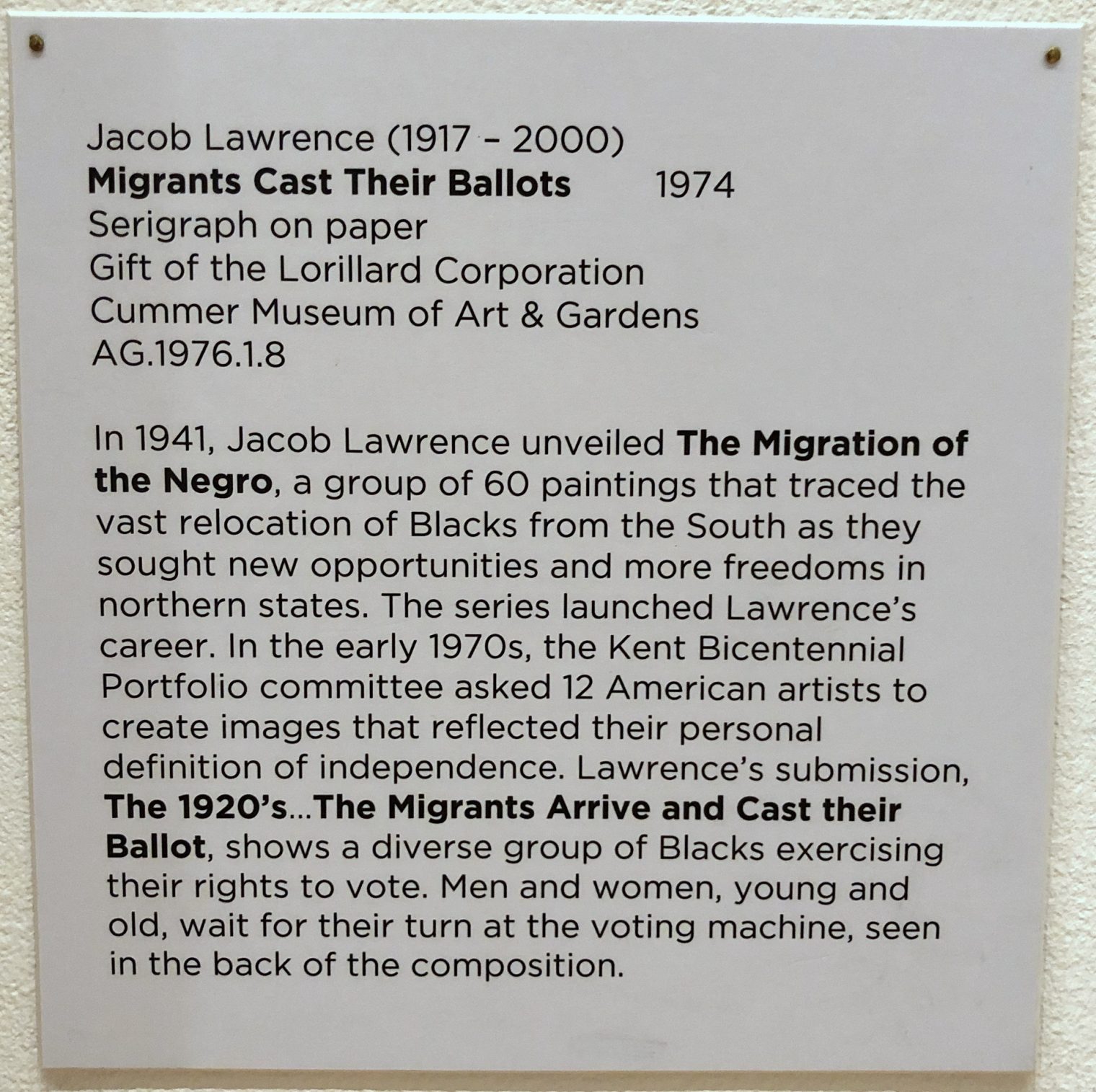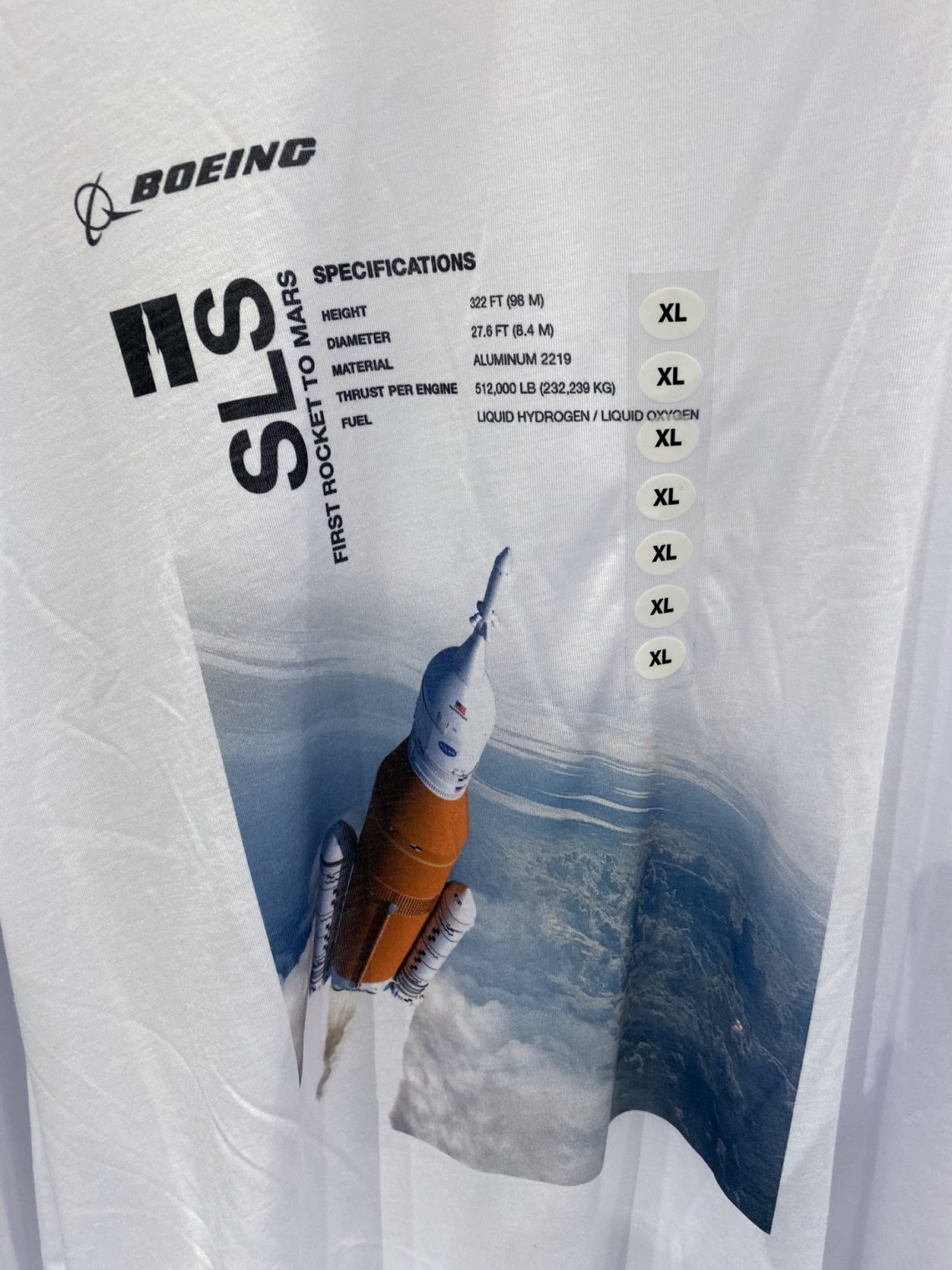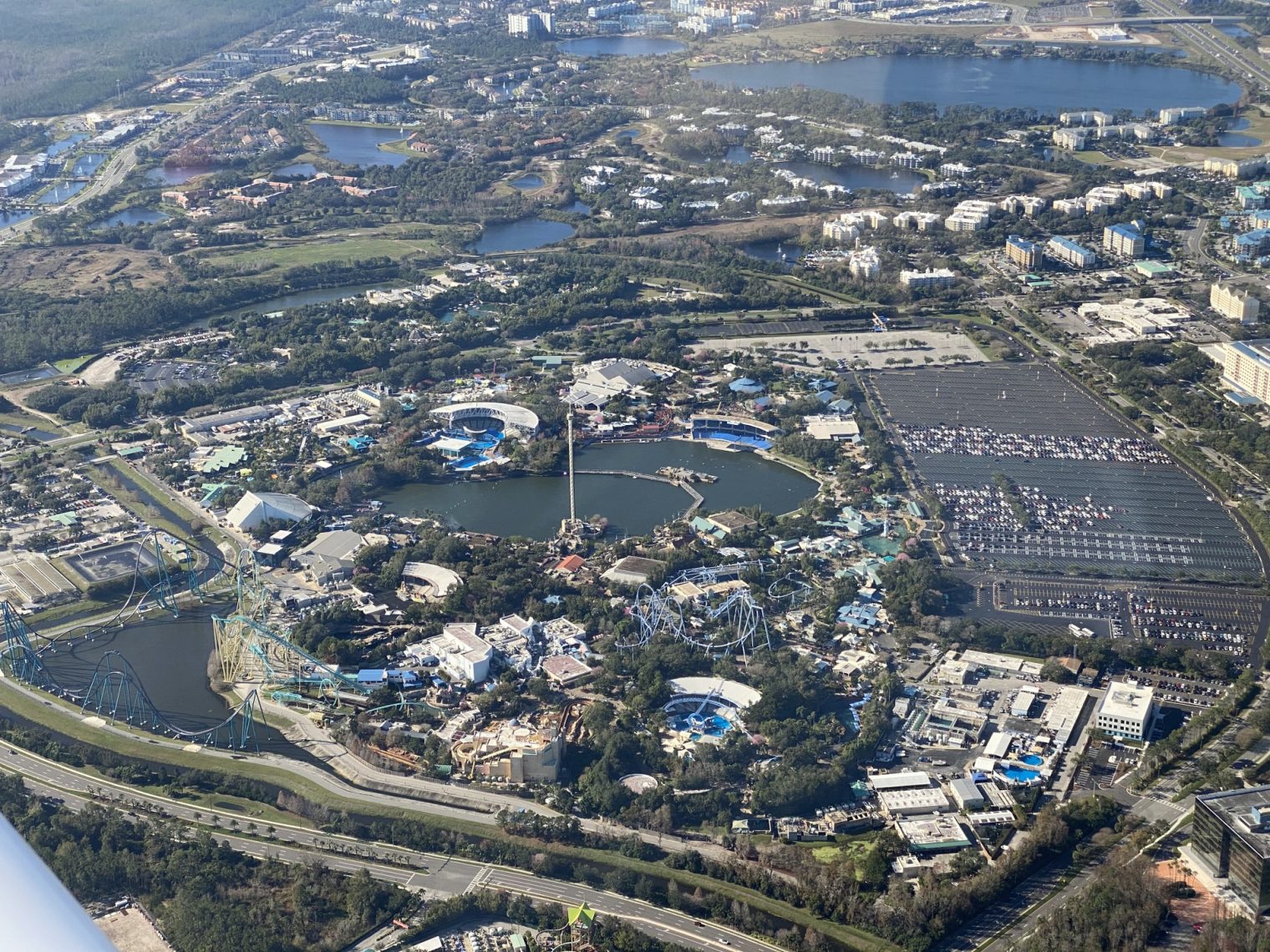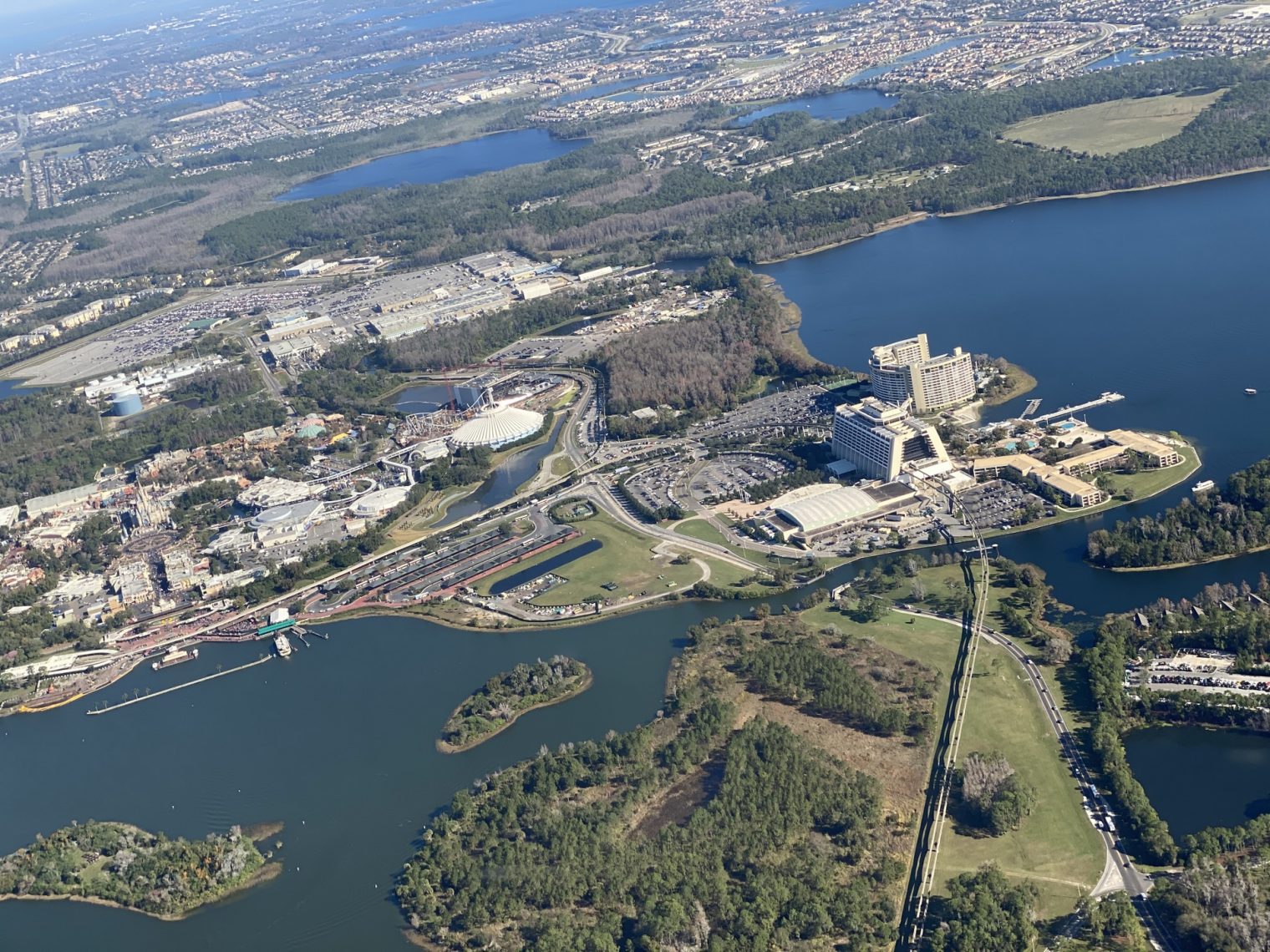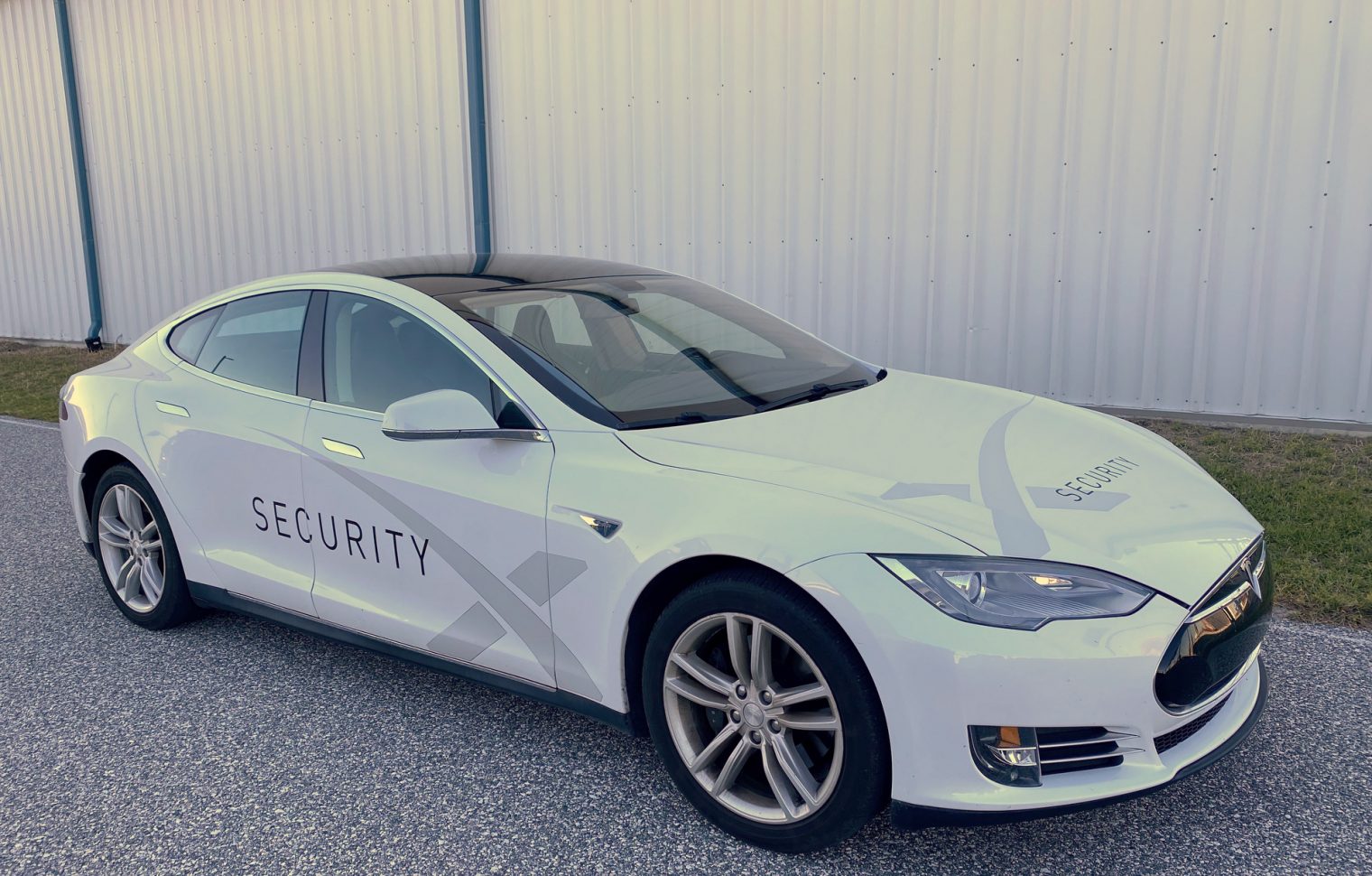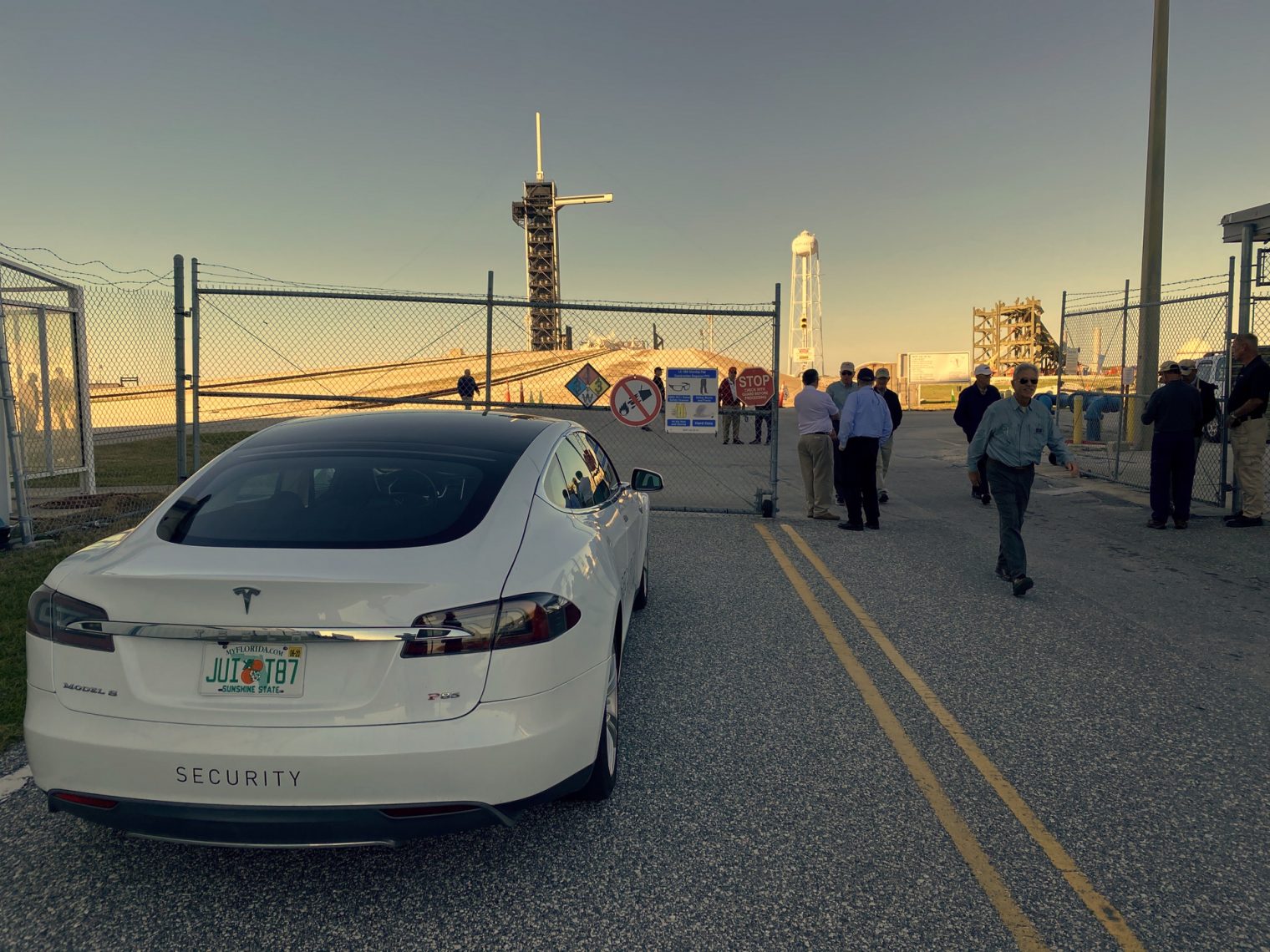Cruise ships in the time of plague
Even if coronavirus isn’t a serious statistical risk from being on a cruise ship, I wonder if the public health response will trim the sails (so to speak) of the hitherto unstoppable industry.
Consider the passengers on the Diamond Princess in Japan. Best case for the healthy ones is to be stuck at the dock for 14 days, mostly in their tiny cabins. From NPR:
On the ship, passengers — including some who had already spent two weeks aboard the vessel before the quarantine doubled their stay — are told not to leave their rooms. They visit the deck in shifts, for a rare breath of fresh air.
But there could be days of quarantine after a scare, right? So if you book a cruise from Date X to Date Y you won’t have any guarantee of getting back to work, family, and other commitments.
Does this prove the old adage that being on a boat is like being in prison, except that you can’t drown in prison?
Related:
- “Royal Caribbean bans all passengers with Chinese, Hong Kong or Macau passports” (ABC; February 7): Royal Caribbean International announced that any of its passengers holding a Chinese, Hong Kong or Macau passport will not be allowed to board its cruise ships “regardless of when they were there last.” (should be plenty of last-minute rooms available for those with no fear of lockdown)
Have we ever gotten an explanation for why the Boeing 737 MAX needed MCAS?
Has anyone ever seen an explanation of why Boeing couldn’t simply remove MCAS from the 737 MAX and tell pilots “you have to push forward on a go-around, just as you would in a Cessna 172 or Cirrus SR22”?
From FAR 25 (certification of airliners):
§25.145 Longitudinal control.
(a) It must be possible, at any point between the trim speed prescribed in §25.103(b)(6) and stall identification (as defined in §25.201(d)), to pitch the nose downward so that the acceleration to this selected trim speed is prompt with
(1) The airplane trimmed at the trim speed prescribed in §25.103(b)(6);
(2) The landing gear extended;
(3) The wing flaps (i) retracted and (ii) extended; and
(4) Power (i) off and (ii) at maximum continuous power on the engines.
(b) With the landing gear extended, no change in trim control, or exertion of more than 50 pounds control force (representative of the maximum short term force that can be applied readily by one hand) may be required for the following maneuvers:
(1) With power off, flaps retracted, and the airplane trimmed at 1.3 VSR1, extend the flaps as rapidly as possible while maintaining the airspeed at approximately 30 percent above the reference stall speed existing at each instant throughout the maneuver.
(2) Repeat paragraph (b)(1) except initially extend the flaps and then retract them as rapidly as possible.
(3) Repeat paragraph (b)(2), except at the go-around power or thrust setting.
(4) With power off, flaps retracted, and the airplane trimmed at 1.3 VSR1, rapidly set go-around power or thrust while maintaining the same airspeed.
(5) Repeat paragraph (b)(4) except with flaps extended.
(6) With power off, flaps extended, and the airplane trimmed at 1.3 VSR1, obtain and maintain airspeeds between VSW and either 1.6 VSR1 or VFE, whichever is lower.
In other words, an airliner meets certification standards unless it takes more than 50 pounds of push-forward on a go-around. I’m sure that there is some pitch-up moment on a 737 MAX, but it is tough to believe that a gradual trim-forward from MCAS would be sufficient if, in fact, more than 50 pounds of pushing on the yoke were required in the absence of any trimming.
The B737 already had a stick shaker for any time that it was getting near a stall (reminds pilots to push forward). So it should have been less likely to get into an elevator trim stall than a flight school Cessna 172.
Why couldn’t Boeing rip out MCAS, fire any of the coders and engineers involved in its design, tell airlines to give everyone an elevator trim stall demo in every recurrent sim session, and call the 737 MAX good?
(This is such an obvious and cheap fix that surely Boeing would have tried it if would work, so I assume that some rule would be violated, but which one?)
Related:
- https://philip.greenspun.com/blog/2019/04/08/boeing-737-max-crash-and-the-rejection-of-ridiculous-data/
- https://philip.greenspun.com/blog/2018/11/11/boeing-737-crash-is-first-mass-killing-by-software/ (how a conventional pusher system works)
Boots on the ground in Shanghai
… actually it might be more accurate to say “boots in the apartment”. I have been WeChatting with a friend who is a professor in Shanghai.
Her university is planning to start classes two weeks late, on February 17, and restrict them to online-only through March 15. Staff were given a holiday through February 10 “but all of our admins seem to be working very hard from home.”
What about food?
Malls are generally open, but only a few of the stores and even fewer restaurants in them are open. They have only one entrance open, with someone checking forehead temperature. Supermarkets, both in and out of malls, are open. About 25 percent of the food stall markets are open, a higher fraction for those that specialize in fancy fruit (popular New Year gifts). Several grocery and restaurant delivery services are working. Almost no other retail open.
Our know-everything-about-China media suggests that the Chinese response to coronavirus has been weak and that an American-style government could have done better, but this sounds to me stronger than anything the U.S. has ever done to try to contain a flu epidemic. The U.S. seems to have responded to the last big one (swine flu) by stockpiling antiviral meds for people who got sick (source). I don’t remember much being done to prevent the virus from spreading.
Full post, including commentsMigrants Cast Their Ballots
Now that Primary Season is upon us, a Jacob Lawrence serigraph titled “Migrants Cast Their Ballots” (from the Cummer Art Museum in Jacksonville, Florida):
Boeing dispels rumors that the SLS rocket will be overpriced…
… with a $40 T-shirt celebrating the Space Launch System (SLS):
If the project comes in on budget, it will be nearly $1 billion per launch with roughly 15 percent more thrust than the 50-year-old Saturn V.
The entire program, including the Orion capsule, appears similar to Apollo and, in fact, is named “Artemis,” after Apollo’s twin sister. I asked an astronaut why NASA would do this, 60 years after Apollo. Why not just wait for Blue Origin to have their inexpensive rockets ready at roughly the same time? “It’s what they know how to do,” he responded. My mole inside the scientific side of NASA, responding to “Unless Blue Origin fails it seems as though they will be far cheaper per pound”:
That question has been the hot topic for the last two years or so. Congress keeps pushing SLS so until there is something flying that is obviously better value, SLS will keep going. It’s a jobs program that employs all the same people that Shuttle did. And NASA has a PR push about first woman on the moon for Artemis.
If taxpayers are concerned that the true cost will be more than the $1 billion/launch planned, would it make sense for Boeing to limit the shirt prices to $25? Also, if they’re going to spend $10+ billion on a new-ish rocket, shouldn’t they be able to come up with a more original name than “Space Launch System”?
Related:
- in the early part of this century, NASA spent at least $9 billion on the Ares I and V rockets that proved to be a dead-en (NBC)
Orlando, Florida: epicenter of chain migration?
During a recent visit to Orlando, except for one former Moroccan, all of our Uber drivers were former Venezuelans aged 50+. Via communication in a pidgin of English and Spanish, I learned that all of the former Venezuelans were chain migrants. Each had 4-5 children, at least one of whom lived in the U.S. and was therefore entitled to bring in both mom and dad. The guy who spoke the best English was a retired military officer. His pension was $2 per month.
It does not seem as though these folks are going to be net taxpayers, since all whom I met had earnings that would entitle them to subsidies for housing, health care, food, etc. American taxpayers will fund all of their medical expenses (about $11,000 per Medicare beneficiary per year plus these folks should be on Medicaid or subsidized Obamacare prior to age 65, so figure $500,000 total for health care?).
From “Immigration Multipliers, Trends in Chain Migration” (Jessica Vaughan, September 2017):
Over the last 35 years, chain migration has greatly exceeded new immigration. Out of 33 million immigrants admitted to the United States from 1981 to 2016, about 20 million were chain migration immigrants (61 percent).
According to the most complete contemporary academic studies on chain migration, in recent years each new immigrant sponsored an average of 3.45 additional immigrants. In the early 1980s, the chain migration multiplier was 2.59, or more than 30 percent lower.
I wonder if U.S. chain migration policy means that we can estimate the cost to U.S. taxpayers of a country experiencing an economic downturn. Let’s suppose that the meltdown in Venezuela has added 2 million chain migrant parents to the U.S. welfare state at roughly $1 million each (housing subsidies plus the $500,000 in medical expenses described above). Thus, it would be fair to say that Venezuela’s ongoing woes (can’t say “crisis” if it lasts for years, right?) will cost Americans at least $2 trillion?
(This does not account for the costs of congestion due to the fact that U.S. infrastructure is more or less fixed while the population grows. We experienced a traffic jam on a Saturday in Orlando and our driver said that was typical.)
Could we go around the world, figure out how many migrants from each country are already U.S. citizens, figure out how many parents, spouses, children, cousins, etc. have been left behind in the old country, and then estimate the cost to Americans if the economy in that country fails? We could then use these data to inform our foreign policy (usually starts from an isolationist premise, but due to our chain migration policy, it seems that our welfare is intimately intertwined with the welfare of any country that has previously sent us immigrants).
KMCO (thanks, Signature!), SeaWorld and Magic Kingdom from 2,000′ (thanks, Orlando Approach, for the 270 heading):
Related:
Full post, including commentsTesla stock price versus worldwide market share
From a friend:
I hate day trading but can’t help but feel like I missed out on Tesla stock. Some people say it is going up another 20x, which would make them worth many trillions of dollars.
How can the big automakers continue to ignore Tesla, which is now a Colossus astride the stock market at least?
What if they’re managing the real world of car sales? Roughly 80 million cars are sold each year annually (CNBC). Tesla accounted for 367,500 of those (source). That’s 0.4 percent market share.
So perhaps there is no point in worrying about a 0.4 percent loss of sales unless Tesla can convert its stratospheric market cap into R&D money that will enable the company to pull ahead of Toyota, Honda, Audi, and BMW in overall engineering.
Separately, my Irish friend, a huge car enthusiast (owns an Aston Martin, a Land Rover, a vintage Mercedes, etc.), got his first ride in a Tesla S down in Charleston, South Carolina. “That was rubbish,” he said, after we got out of the 20-minute Uber trip from Signature to downtown. Interior noise, ride smoothness, seat comfort, and upholstery (“was that cheap vinyl?”) were not up to his standards for a luxury vehicle.
(By contrast, he loved an Uber ride in the front seat of a new Jeep Wrangler Unlimited, back from the USS Yorktown (CV-10; below), admittedly fairly noisy with the soft top.)
Finally, my friend with the Tesla X recently traded it in on a Tesla S. The “autopilot” software is getting worse, not better, in his opinion. The system gets confused about oncoming traffic on two-lane roads, freaks out, and hits the brakes unnecessarily. (Our 2018 Honda Odyssey, roughly once per month, similarly warns spuriously about an oncoming car, but the system does not apply brakes by itself.) He says that the car won’t use regenerative braking when the battery is cold (i.e., most of the time here in Massachusetts). Tesla has concluded that the batteries don’t like the sudden injection of power unless they’ve previously been warmed up, as they are during the first couple of minutes of being connected to a Supercharger.
Readers: What accounts for Tesla’s huge market cap? Is it achievement in the domain of self-driving technology, potentially revolutionary for sales? This market research firm does not put Tesla even in the top 10.
Bonus: demonstrating my own commitment to the battery-electric vehicle revolution by sitting in a 2005 Cirrus SR20 while wearing a Nissan LEAF cap:
Related:
- Porsche Taycan “Turbo S” versus Tesla S (Car and Driver): real-world range is similar despite dramatic differences in EPA range
The heroic prosecutors of Trump
From New Yorker:
THE PROSECUTION OF PRESIDENT DONALD TRUMP: How the House Democrats, in the face of certain defeat, presented the case for impeachment.
The magazine hasn’t been that interesting since 2016 when it switched to an all-Trump-hatred-all-the-time format, but this article is. Prosecutors who knew that they had no chance of convicting someone nonetheless pressed on!
This feeling of inevitability was shared among those who were most intimately involved with the House’s impeachment efforts. As recently as July … Adam Schiff, the ex-prosecutor who became the de-facto leader of the House’s impeachment inquiry last fall, said that he would “be delighted” if there was a real prospect of removing the President through impeachment. Unfortunately, he said at the time, “the only way he’s leaving office, at least at this point, is by being voted out.”
Ordinarily, we don’t celebrate prosecutors who go after people whom they know they can’t convict, but when Trump is involved, apparently the standards are different!
Related:
- https://philip.greenspun.com/blog/2019/12/13/white-men-correctly-perceive-american-jews-as-their-enemies/ (regarding Mr. Schiff)
Californians support migration…
…. as long as it isn’t into their own towns.
“California, Mired in a Housing Crisis, Rejects an Effort to Ease It” (NYT):
Mr. Wiener’s measure, Senate Bill 50, would have overridden local zoning rules to allow high-density housing near transit lines, high-performing school districts and other amenity-laden areas. Supporters portrayed it as a big but necessary step toward reducing the state’s housing deficit — and helping to curb carbon emissions from long-distance driving — by fostering development in dense urban corridors.
Well, you can guess what happened next!
Separately, how do America’s vulnerable fare when parked amidst millions of rich people who say that their #1 priority is helping the vulnerable?
Housing costs are the primary reason that California’s poverty rate, 18.2 percent, is the highest of any state when adjusted for its cost of living, despite a thriving economy that has led to strong income growth and record-low unemployment.
With no new infrastructure and not too much new housing, what will American cities look like in 30 years?
Full post, including comments

